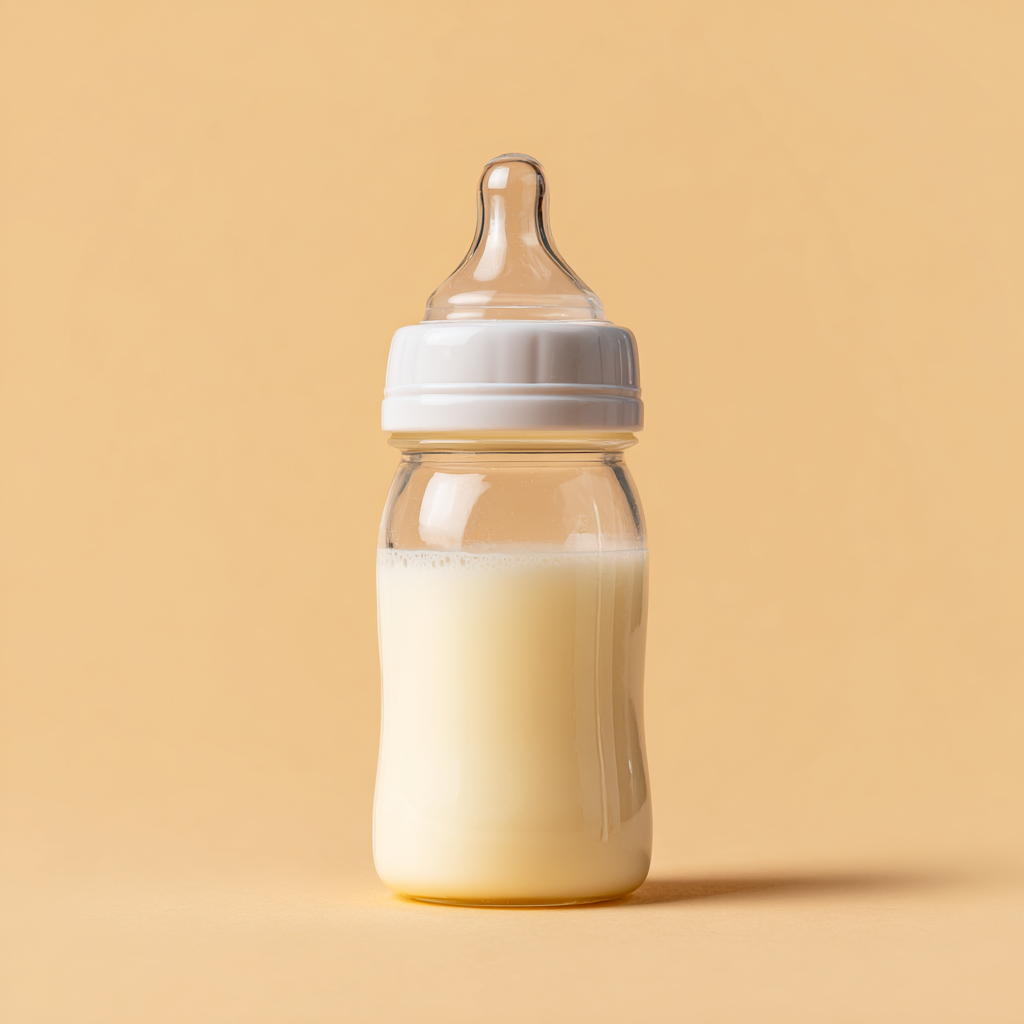The BioZorb implant, a medical device used in breast cancer treatment, has become the center of growing litigation as patients report serious complications and adverse effects. Manufactured by Hologic, Inc., this bioabsorbable marker was designed to help physicians target radiation therapy following lumpectomy procedures. However, for many breast cancer survivors, this device has allegedly caused additional suffering rather than aiding in their recovery. As of April 2025, over 100 lawsuits have been filed against Hologic, with plaintiffs claiming defective design, failure to warn, and negligence among other allegations.
What Is the BioZorb Implant?
The BioZorb marker is an implantable medical device primarily used in breast cancer treatment. It serves as a surgical marker placed at the tumor removal site during lumpectomy or mastectomy procedures. The device consists of two main components:
- A permanent titanium component (small clips)
- A plastic framework designed to be bioabsorbable, meaning it should dissolve in the body over time (typically 12-18 months)
Hologic, Inc., the current manufacturer of the BioZorb implant, acquired the original developer Focal Therapeutics in 2018. The device received FDA approval through the 510(k) pathway in February 2012, with additional approvals between 2015 and 2019. This approval pathway designates the device as “substantially equivalent” to existing products, which critics argue does not require the same rigorous testing as other approval processes.
The intended function of the BioZorb marker is to help guide radiation oncologists in targeting radiation therapy more precisely and to serve as a marker for future imaging surveillance. In theory, the plastic component should gradually dissolve, leaving only the tiny titanium clips as permanent markers within the breast tissue.
Complications and Risks: When Treatment Turns Traumatic
Unfortunately, many breast cancer survivors have reported that their BioZorb implants did not function as intended. The list of reported complications is extensive and concerning:
Physical Complications
- Failure to Dissolve/Resorb: Many patients report that the plastic component never fully dissolved as promised, remaining in the body years after implantation.
- Device Migration: The implant has been known to move from its intended position, potentially complicating future imaging and causing physical discomfort.
- Device Erosion: In some severe cases, the implant has broken through the skin, requiring emergency intervention.
- Infection: Bacterial infections at the implant site have been reported, requiring antibiotic treatment.
- Seroma: Fluid buildup around the implant site has occurred, often requiring drainage procedures.
- Chronic Pain: Many patients experience persistent pain at the implant site that significantly impacts their quality of life.
- Skin Issues: Rashes, irritation, and telangiectasias (spider veins) have been reported in the area surrounding the implant.
Treatment Complications
- Need for Revision Surgeries: Many patients have required additional surgeries to remove the device or address complications.
- Delays in Cancer Treatment: Complications from the BioZorb implant have reportedly delayed critical adjuvant therapies for some patients.
- Scarring and Disfigurement: Some patients have experienced permanent cosmetic damage as a result of the implant and subsequent interventions.
The emotional toll of these complications cannot be overstated. Many plaintiffs recount the devastating impact of facing additional medical challenges after already enduring cancer diagnosis and treatment.
The FDA’s Response: Recalls and Warnings
In light of mounting reports of complications, regulatory action has been taken regarding the BioZorb implant:
- Class I Recall: The FDA classified the recall of BioZorb markers as a Class I recall in October 2024 – the most serious type of recall, indicating that use of the device may cause serious injury or death.
- Voluntary Recall: Hologic issued a voluntary recall of all unused BioZorb markers in October 2024.
- FDA Warning Letter: In December 2024, the FDA sent a warning letter to Hologic citing concerns over manufacturing processes, quality control measures, and failure to properly report adverse events.
- Safety Communications: The FDA has issued communications alerting healthcare providers and patients about potential risks associated with BioZorb markers.
The FDA has recommended that healthcare providers actively monitor patients with implanted BioZorb devices for potential complications and adverse events. Patients experiencing symptoms or complications are advised to seek medical attention and report their experiences to the FDA’s MedWatch program.
The Legal Landscape: BioZorb Lawsuits Explained
Basis for Litigation
Lawsuits against Hologic regarding the BioZorb implant include several legal claims:
- Defective Design: Plaintiffs allege that the BioZorb marker is inherently flawed in its design, making complications inevitable for many patients.
- Failure to Warn: Lawsuits claim that Hologic did not adequately warn patients or physicians about the potential risks and complications associated with the device.
- Negligence: Plaintiffs argue that Hologic was negligent in the design, manufacturing, testing, and marketing of the BioZorb marker.
- Breach of Implied Warranty: Many suits claim that the product was not fit for its intended purpose as marketed.
- Off-label Promotion: Some lawsuits accuse Hologic of marketing the device for uses not approved by the FDA, such as filling tissue gaps and improving cosmetic outcomes.
Current Status of Litigation
As of April 2025, approximately 122 plaintiffs have filed lawsuits related to the BioZorb implant. The majority of these cases have been consolidated in the United States District Court for the District of Massachusetts, where Hologic is headquartered.
The court has initiated a bellwether trial process, with the first trial scheduled for September 8, 2025, and a second trial to follow in January 2026. These bellwether trials will serve as test cases to help assess how juries might respond to the arguments and evidence presented.
In a significant recent development, the judge overseeing the consolidated cases denied Hologic’s motion to dismiss design defect claims from the litigation. The court determined that plaintiffs’ allegations currently provide sufficient factual content to support these claims, allowing the litigation to proceed.
Legal Strategies and Challenges
Both plaintiffs and defendants face strategic considerations in these lawsuits:
For Plaintiffs
- Establishing Causation: Plaintiffs must demonstrate a clear causal link between the BioZorb implant and their specific injuries.
- Expert Testimony: Medical experts will be crucial in establishing the defective nature of the device and connecting it to the reported injuries.
- Documentary Evidence: Medical records, imaging studies, and contemporaneous documentation of symptoms will be important in building compelling cases.
For the Defense
- Learned Intermediary Doctrine: Hologic may attempt to invoke this legal doctrine, which holds that a manufacturer’s duty to warn extends only to the physician (the “learned intermediary”), not directly to the patient.
- Alternative Causation: The defense may argue that complications stem from other factors related to cancer treatment rather than the BioZorb device itself.
- Compliance with Regulations: Hologic will likely emphasize its compliance with FDA regulations and approval processes.
Potential Settlements and Compensation
While it is difficult to predict exact settlement amounts at this early stage of litigation, legal analysts estimate that individual settlements could range from $150,000 to $500,000, depending on factors such as:
- Severity of complications and injuries
- Medical expenses incurred (both past and future)
- Lost wages and earning capacity
- Pain and suffering
- Emotional distress
- Need for ongoing treatment
Jury verdicts could potentially reach higher amounts, particularly if punitive damages are awarded. Punitive damages are designed to punish a defendant for particularly egregious behavior and deter similar conduct in the future.
What to Do If You’ve Been Affected by a BioZorb Implant
If you received a BioZorb implant during breast cancer treatment and have experienced complications, consider taking the following steps:
Medical Steps
- Seek Medical Attention: Consult with your oncologist or surgeon about your symptoms and concerns.
- Document Everything: Keep detailed records of all symptoms, medical visits, treatments, and conversations with healthcare providers.
- Request Medical Records: Obtain copies of all relevant medical records, including operative reports, imaging studies, and follow-up visits.
- Consider a Second Opinion: If appropriate, seek a second medical opinion regarding your complications and treatment options.
Legal Steps
- Consult with an Attorney: Speak with an attorney experienced in medical device litigation to understand your legal options. Many firms offer free initial consultations.
- Be Aware of Deadlines: Understand that statutes of limitations apply to product liability claims, typically limiting the time you have to file a lawsuit after discovering an injury.
- Report to Regulatory Agencies: Consider reporting your experience to the FDA through their MedWatch program to help document patterns of complications.
The Broader Implications: Medical Device Safety and Regulation
The BioZorb litigation raises important questions about the safety and regulation of medical devices, particularly those approved through the FDA’s 510(k) clearance process. This abbreviated pathway allows devices deemed “substantially equivalent” to existing products to enter the market without the same level of clinical testing required for novel devices.
Critics argue that this process may not adequately protect patients, especially when dealing with implantable devices that remain in the body for extended periods. The BioZorb case illustrates potential gaps in this regulatory framework that may need to be addressed to better protect patient safety.
Furthermore, these lawsuits highlight the importance of:
- Rigorous pre-market testing of implantable medical devices
- Clear communication of risks to both healthcare providers and patients
- Prompt reporting and investigation of adverse events
- Robust post-market surveillance to identify patterns of complications
Looking Ahead: The Future of the BioZorb Litigation
As the litigation progresses toward the scheduled bellwether trials in September 2025 and January 2026, several developments may occur:
- Additional plaintiffs may come forward as awareness of the litigation increases
- Discovery will continue, potentially revealing more information about the device’s development and testing
- Settlement discussions may intensify as the first trial dates approach
- Regulatory scrutiny of similar medical devices may increase
The outcomes of the bellwether trials will likely significantly influence the trajectory of the remaining cases, potentially leading to a framework for resolving the litigation through settlements or continued trials.
Don’t Hesitate to Seek Help
The BioZorb implant litigation represents a significant challenge to both the manufacturer and the patients affected by complications. For breast cancer survivors who received these implants, the additional suffering caused by device complications adds a painful chapter to their cancer journey. As the legal process unfolds, it will hopefully provide answers, accountability, and compensation for those harmed.
This litigation also serves as an important reminder of the critical balance between medical innovation and patient safety. While new medical devices can offer valuable treatment options, they must be thoroughly tested and monitored to ensure they do not cause more harm than good.
For those affected by BioZorb complications, staying informed about the litigation and consulting with qualified medical and legal professionals is essential. As the first bellwether trials approach in late 2025, the coming months will be critical in determining how these cases will ultimately be resolved.
At Allconsumer.com, our goal is to keep the public informed on the latest consumer issues. Sign up for our newsletter to keep up-to-date.



